It was 108F (42C). Or at least that’s what the car was telling us. In my mind, after 86F (30C) it’s too hot. But, I will say that the heat in Palm Springs soaks into your bones and I can see the appeal if you are one of those people who feel constantly chilled.
It wasn’t so hot that we couldn’t go out and do a little wandering to see what sort of plant life can survive in a desert. It just meant that we needed to bring plenty of water for drinking and “head drenching” and that we needed to stay on a vanilla pathway with a quick escape route from the sun.
I’m sure the people of Palm Springs would think we’re crazy; this is their “winter” or “non-tourist season” because it’s too hot to be outside. Everyone stays huddled around their air conditioners in the summer.
As mentioned in my previous post, the Coachella Valley is located in the Colorado Desert (part of the larger Sonoran Desert). The name comes from a transcription mistake. The original name for the area was “Conchilla,” which is the Spanish word for “seashell.” But when English map makers transcribed the name, they misspelled it as Coachella and refused to admit/change their mistake.
Average July temperatures for this desert region are in the 108-110F range (42-43C) with highs around 122-123F (50-51C). The sands also retain almost no moisture. Given that information, it’s surprising to me that any life can exist in the desert. But it does, and there is a lot of it. Lizards are the most obvious moving life form. They zip back and forth, pose, and do push-ups just about everywhere. Doing push-ups is the lizard way of saying, this is my area… go away.
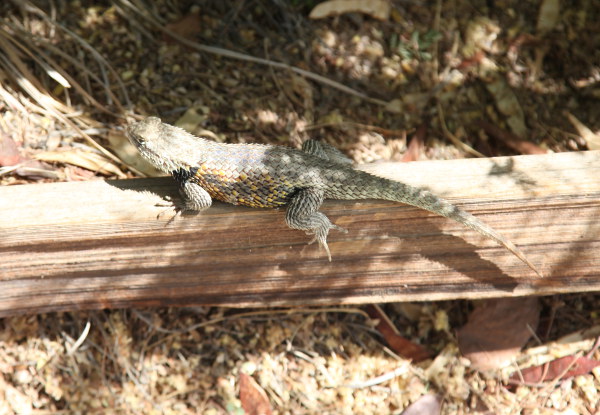
Deserts do get incredibly hot during the day, however, there is nothing to retain heat so that means they can also get extremely cold at night. In the month of January, the average lows are in the mid-40F range (7-8C). Lows of 19F (-7C) and snow are not unheard of, especially in the Joshua Tree area.
As such, the desert needs extremely versatile species that can adapt to the extremes: lack of water, heat, and cold. The most well known versatile plant species is a cacti, of which some varieties (e.g. prickly pear) can survive in extreme heats and cold by converting water into a mucilaginous substance that does not evaporate easily. Also, as winter approaches, the water intake decreases to make this substance thicker and less likely to freeze.
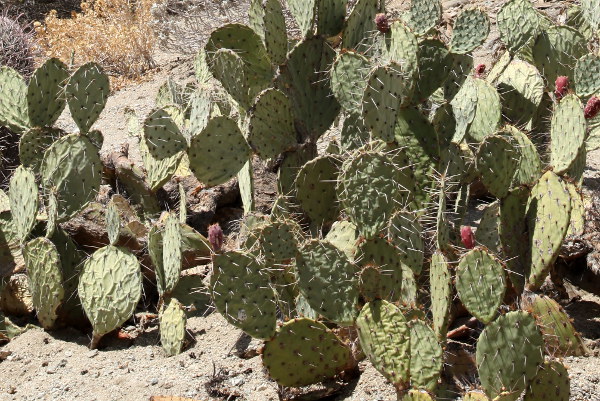
We enjoyed our somewhat brief wander through the desert (a couple of hours). It wasn’t the heat that drove us back to the car, however. It was the sound of the bugs (perhaps the desert cicada). They are loud and when you get so many making noise together it sounds like a continuous high pitched screeching, which at times was completely overwhelming at times.
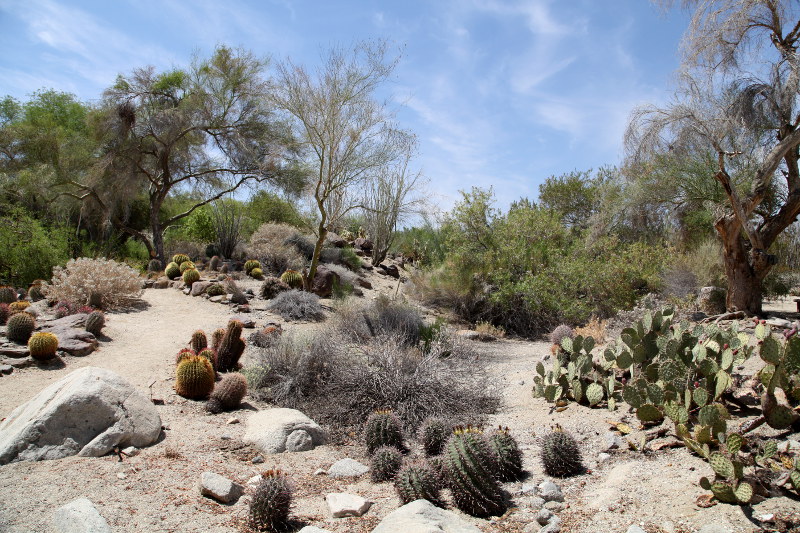
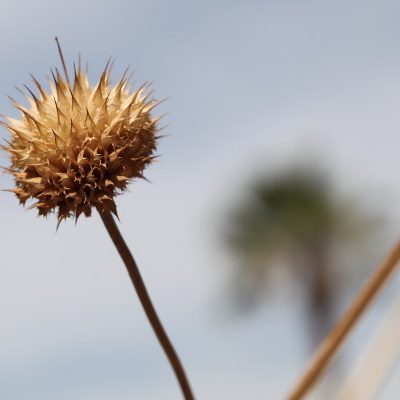
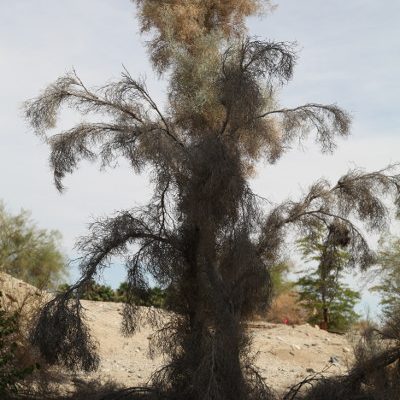
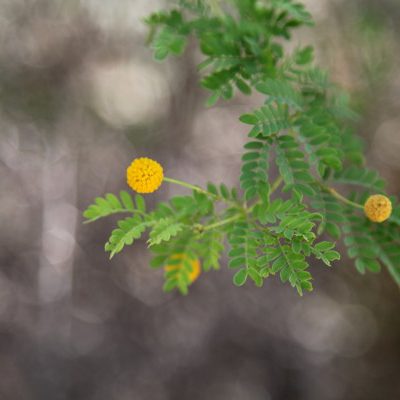
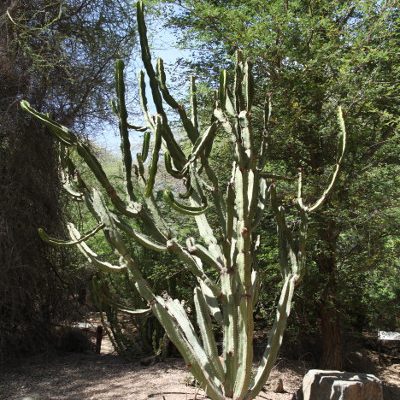
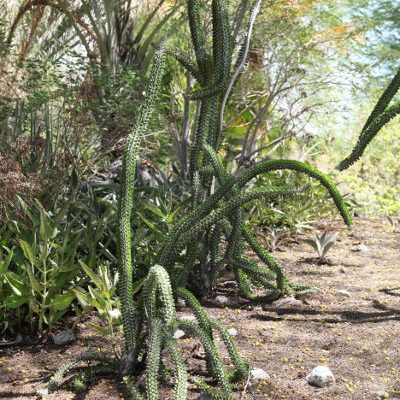
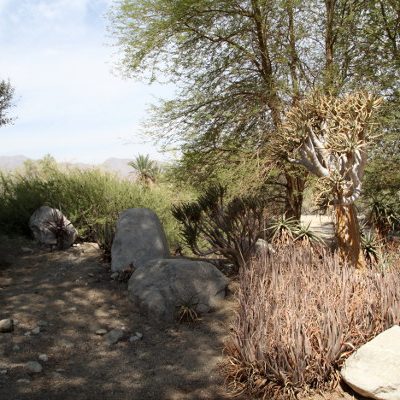
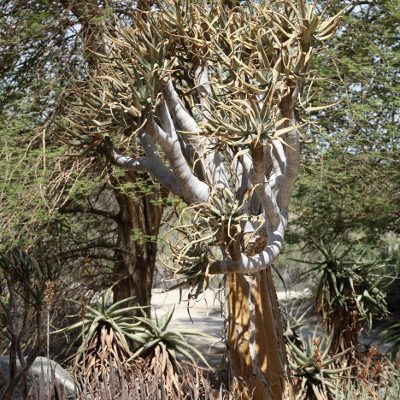
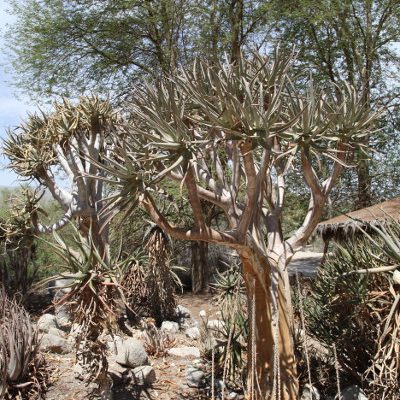
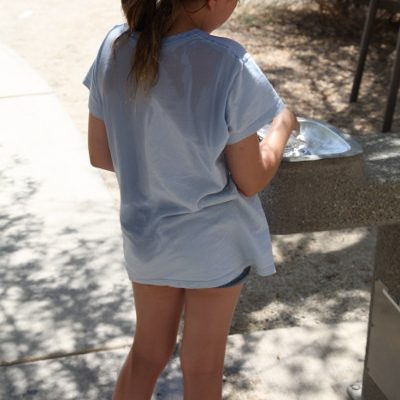
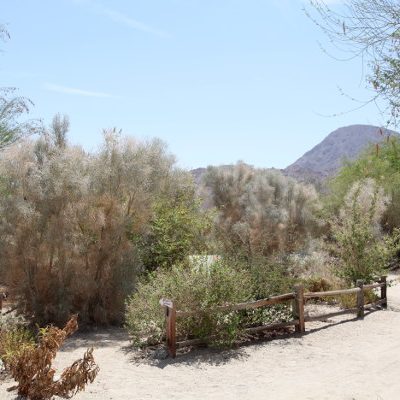
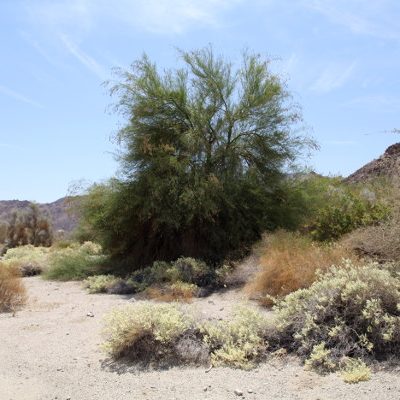
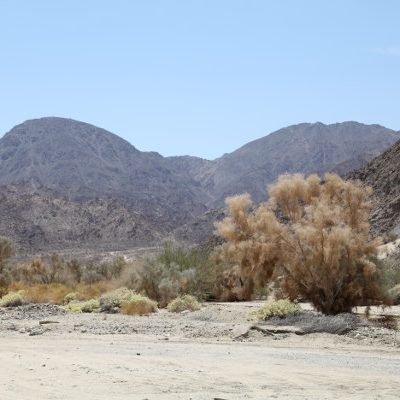
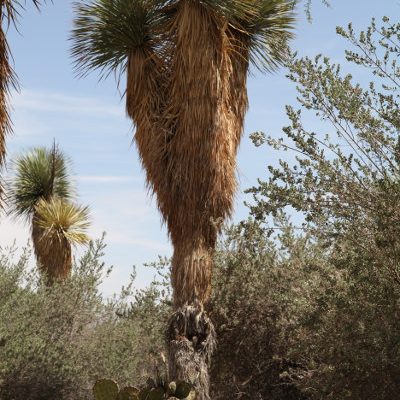
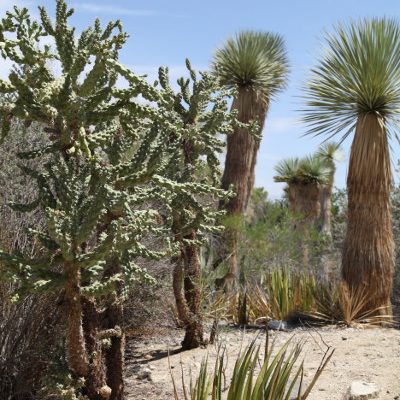
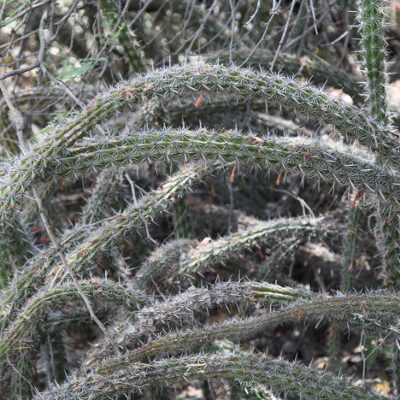
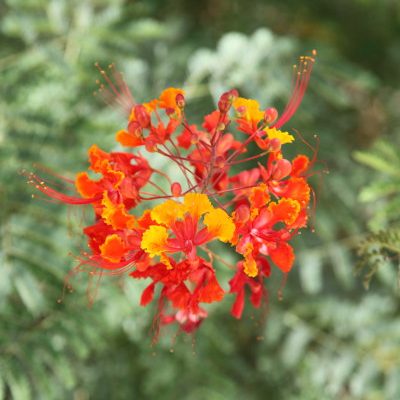
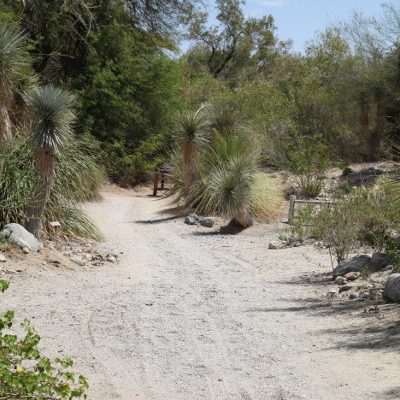
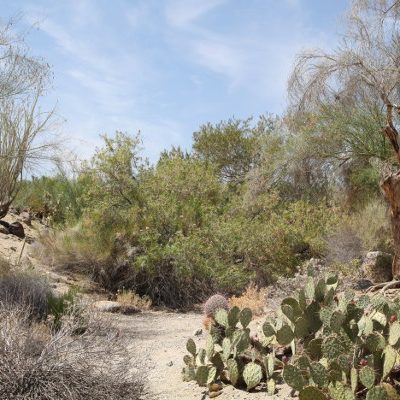
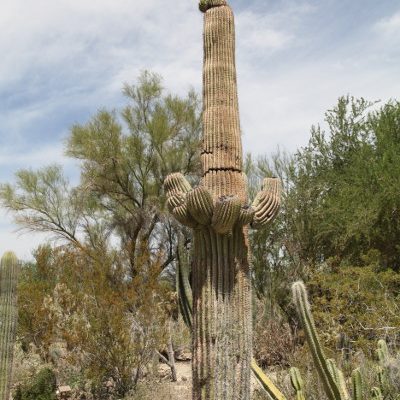
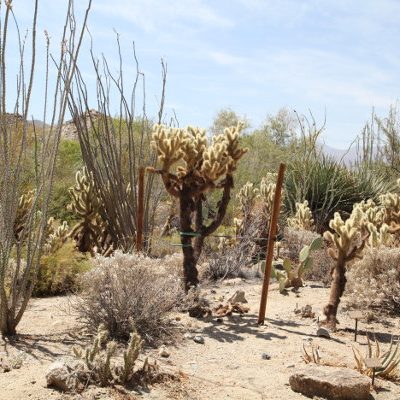

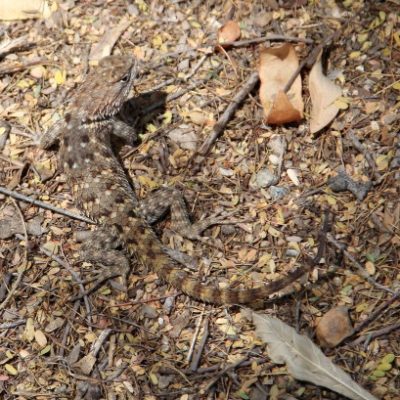
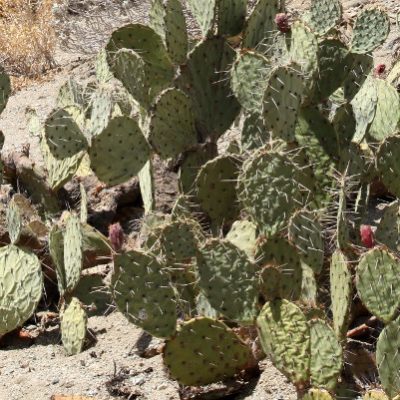
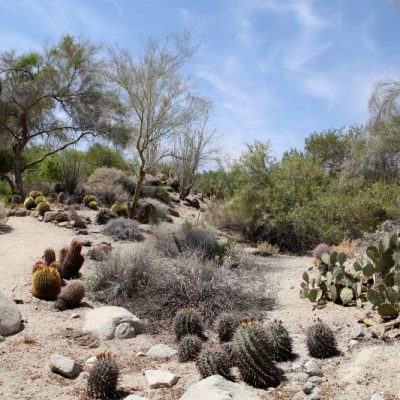
0 comments on “The California Desert”Add yours →